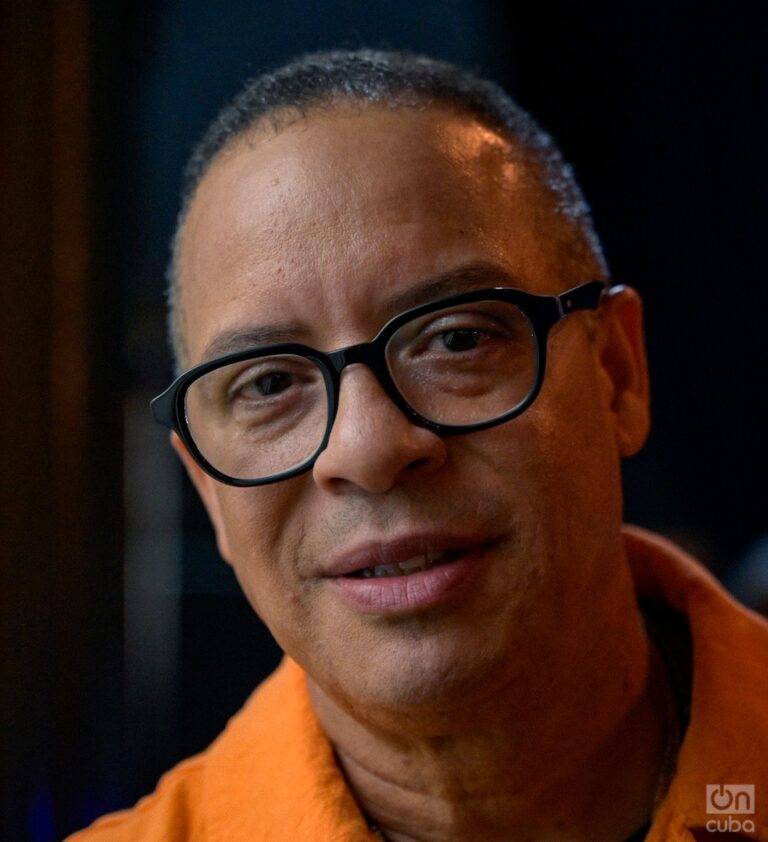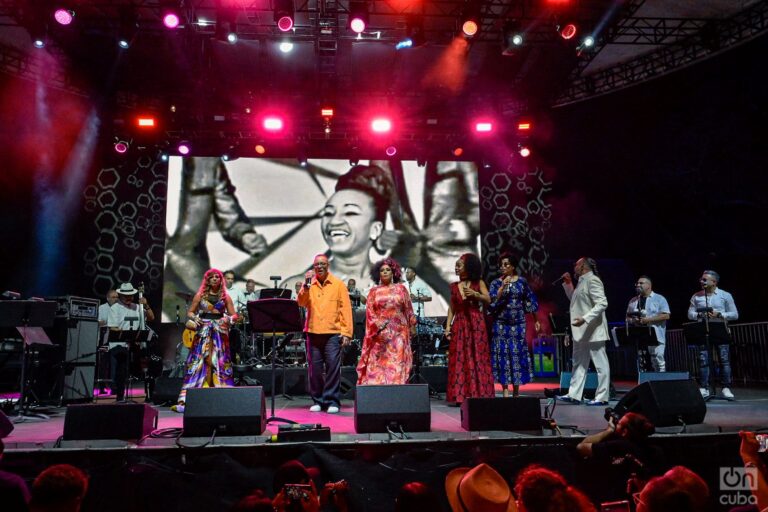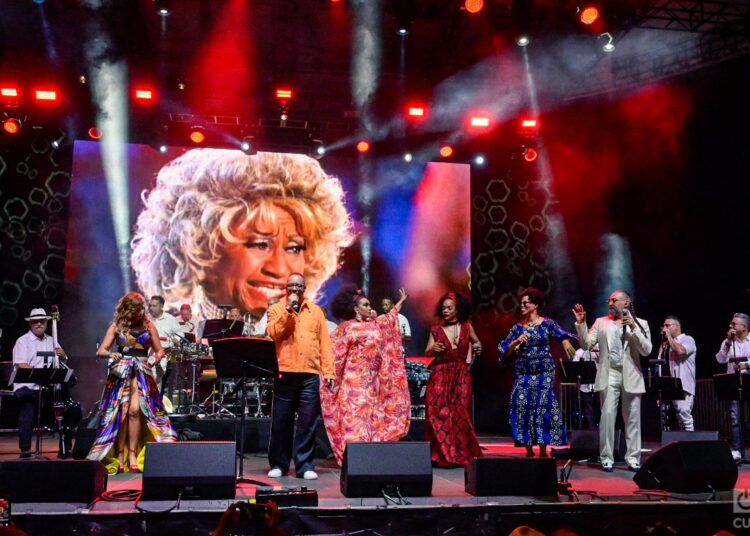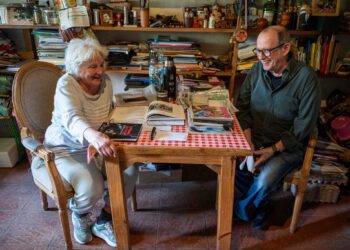This year, 2025, we celebrate the centennial of Celia de la Caridad Cruz y Alfonso, who was born in Havana on October 21, 1925. For Cuba and the world, she is and will be, quite simply, Celia Cruz, the queen, with her vibrant “azúcar!”
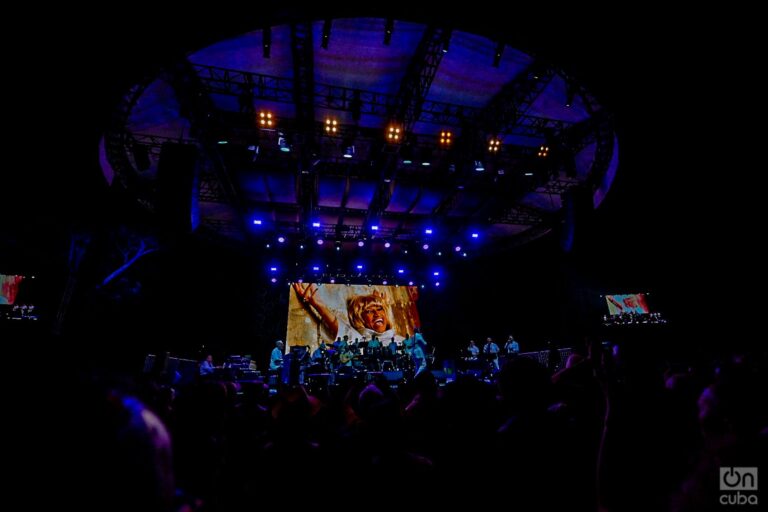
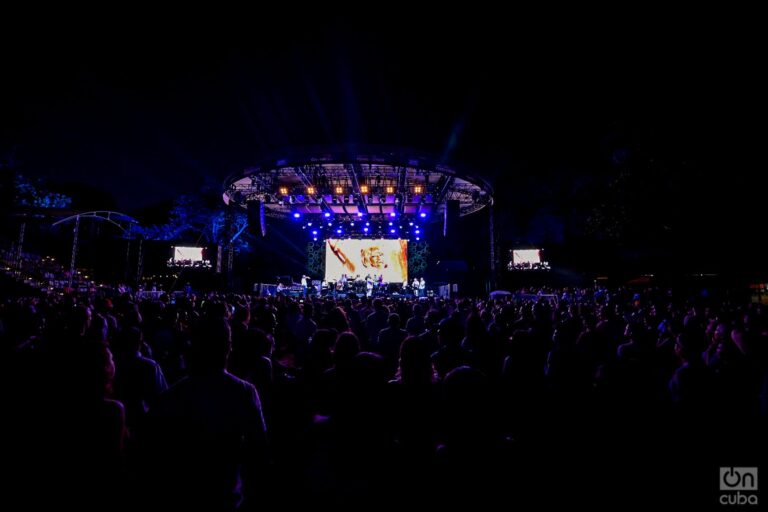
Just a couple of days after arriving in New York, I came across the news. It was during a stopover, while checking my phone, when I read a post by Cuban musicologist Rosa Marquetti: a tribute concert, CELIA VIVE, was scheduled for Central Park, and by chance, I coincided with this event.
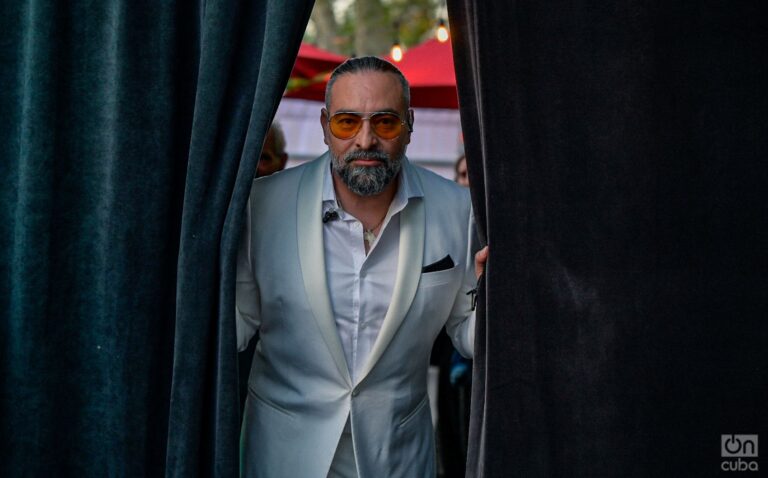
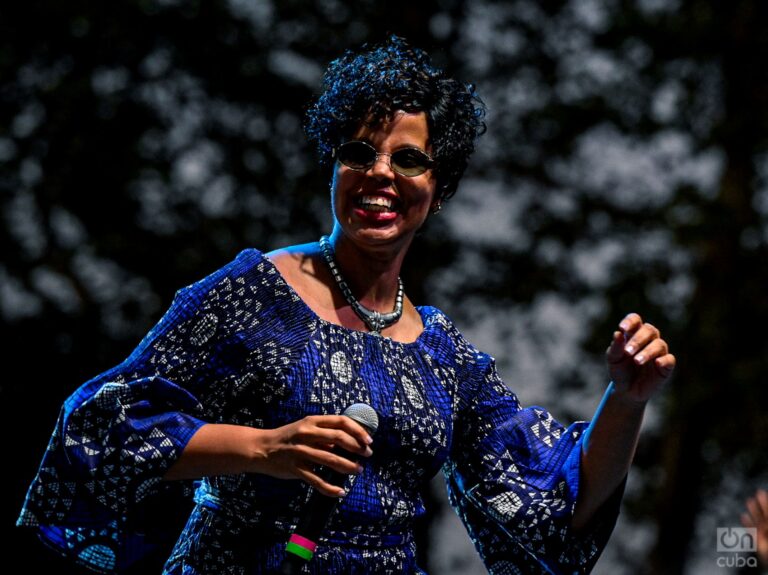
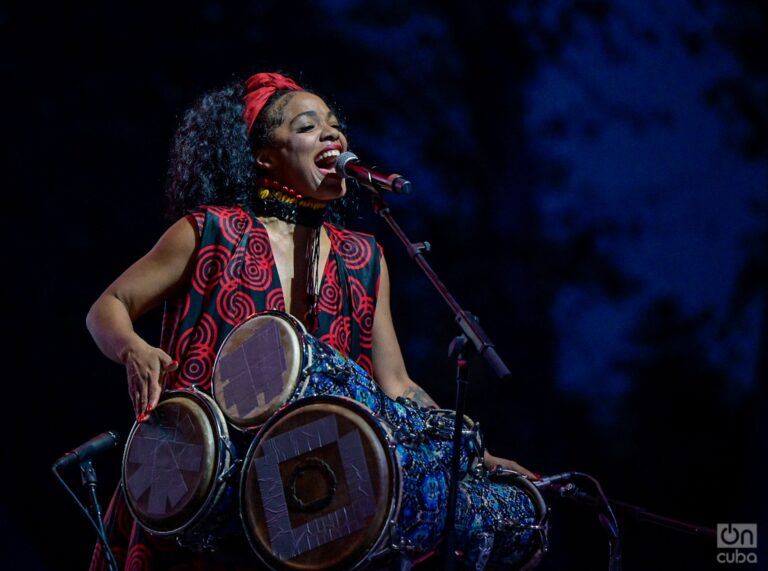
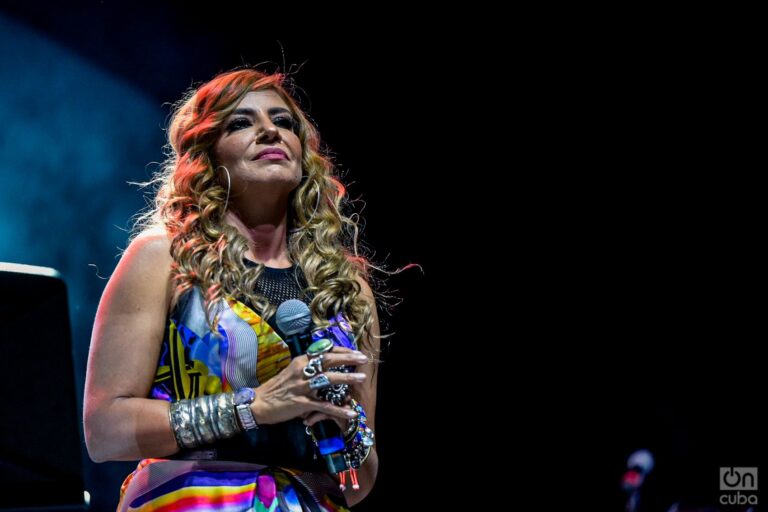
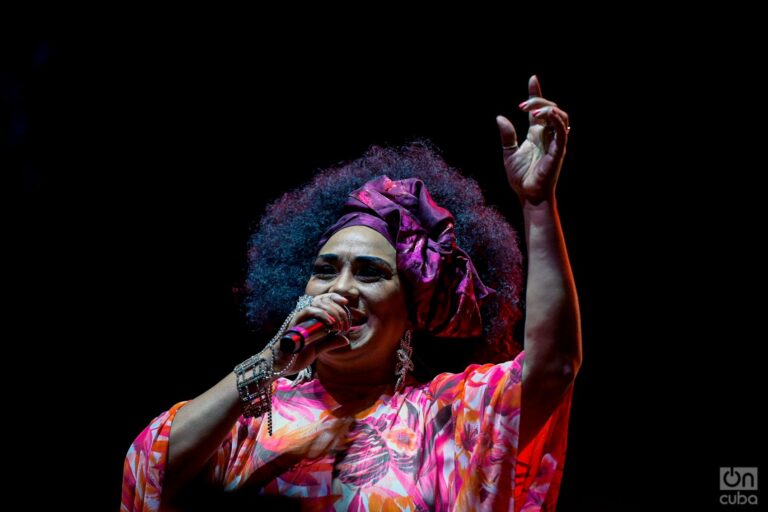
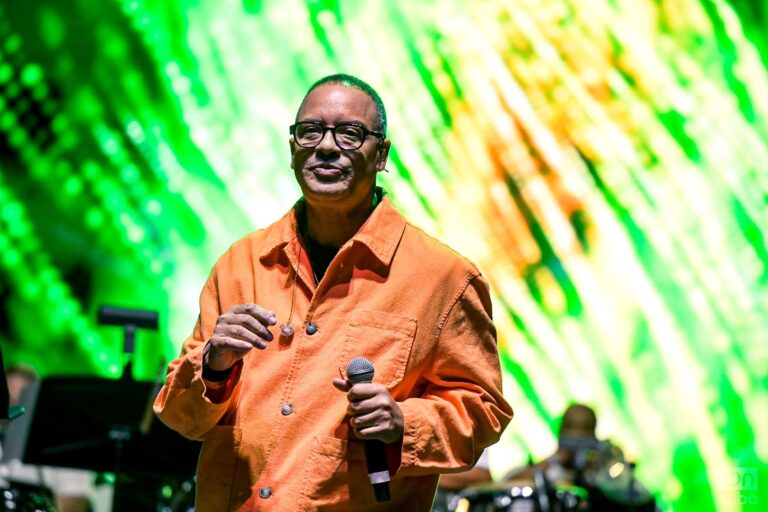
The poster announced Cuban music figures on and off the island. Isaac Delgado, Alain Pérez, Aymée Nuviola, Lena Burke, Melvis Santa and Brenda Navarrete would be there. There was no doubt: I couldn’t miss it.
Since I landed in this city, I haven’t stopped walking and taking pictures. New York is an avalanche of faces, languages, accents, contrasts.
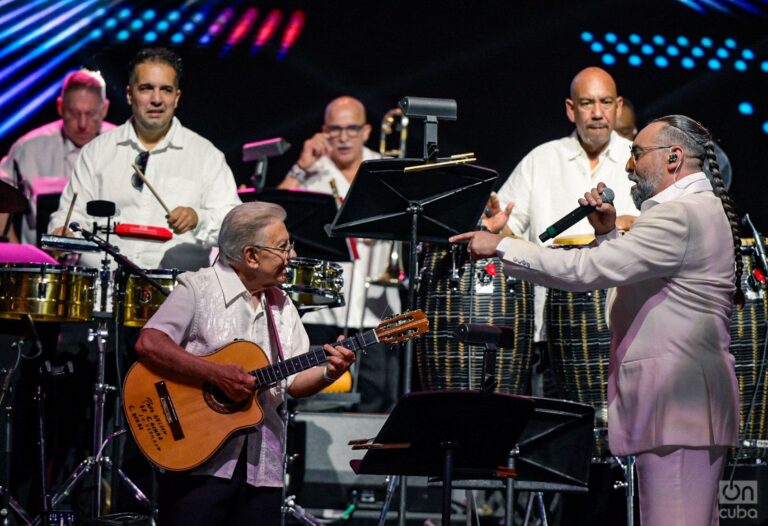
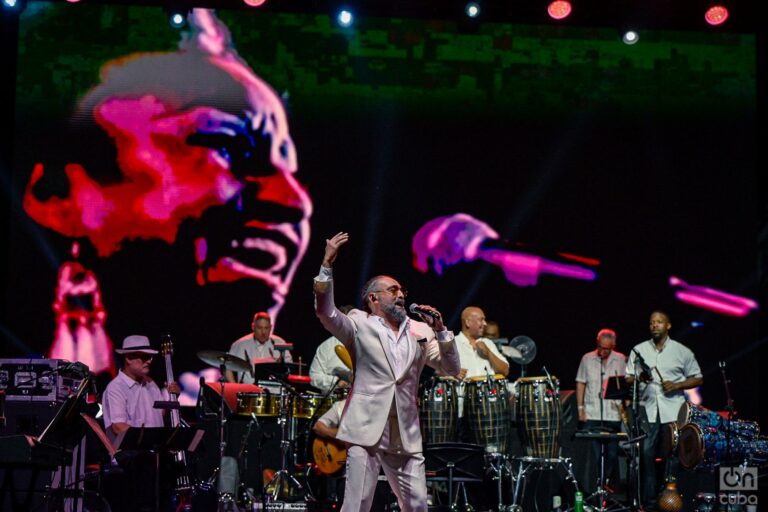
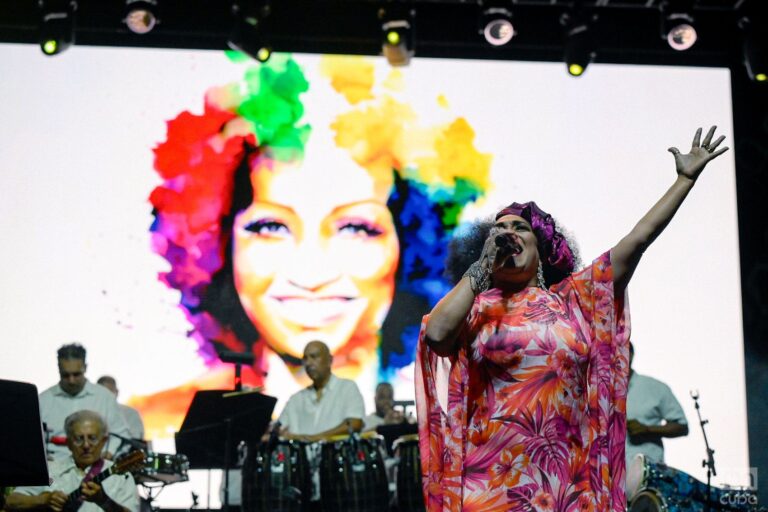
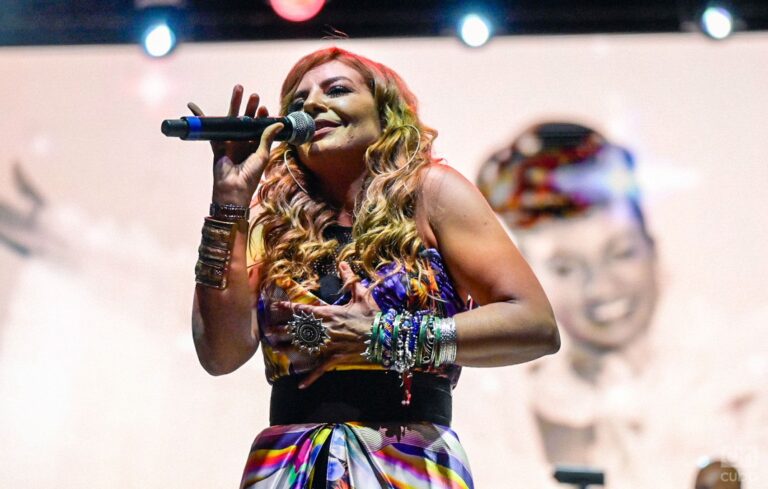
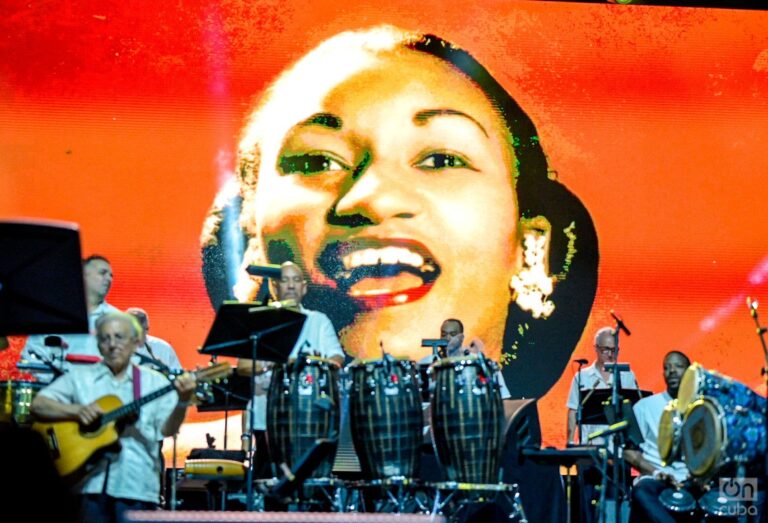
To get to the tribute, I decided to walk, as a way to continue getting to know it. Google Maps gave me an hour to make it there: fifteen blocks along Fifth Avenue, passing in front of St. Patrick’s Cathedral, turning onto 57th Street and taking Sixth Street — the Avenue of the Americas — until I reached Central Park.
In my preliminary search, I came across a fact that shocked me: when Celia died in 2003, her coffin traveled down Fifth Avenue in a funeral cortege before the service at St. Patrick’s Cathedral. A hearse pulled by white horses crossed about 30 blocks. Unbeknownst to me, and by chance or fate, I was taking a similar route.
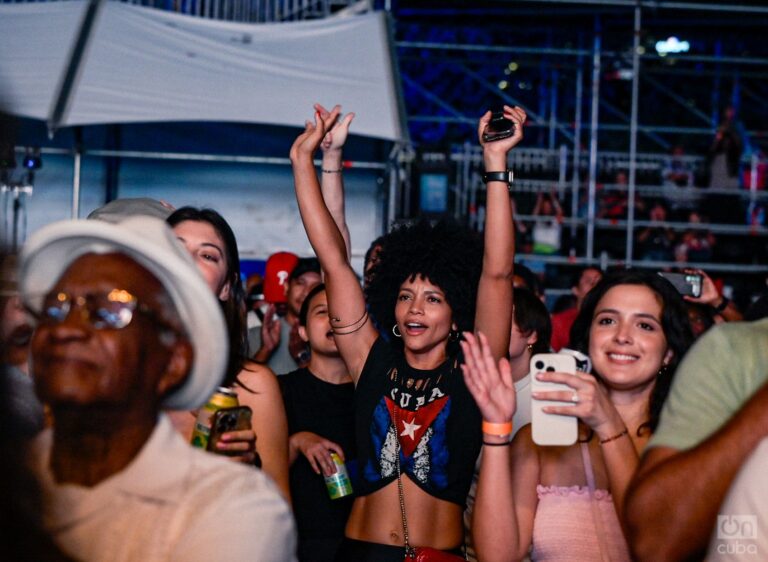
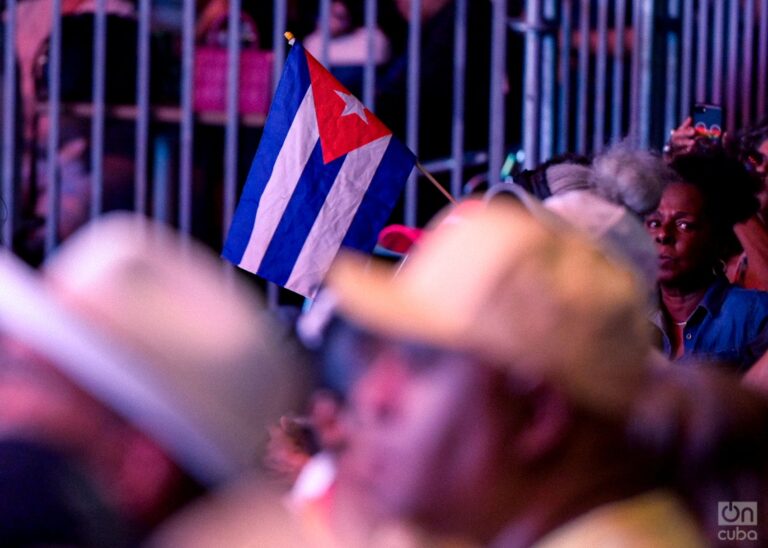

The route offered me another surprise. Right at the corner of Sixth and 59th Street, where I was supposed to enter the park, stands the imposing statue of José Martí, flanked by Simón Bolívar and José de San Martín.
I was heading to a tribute to Celia Cruz and, before arriving, I was greeted by the most universal of Cubans. Cuba in capital letters: Martí and Celia, two illustrious children, also protagonists of this city that condenses races, cultures and creeds.
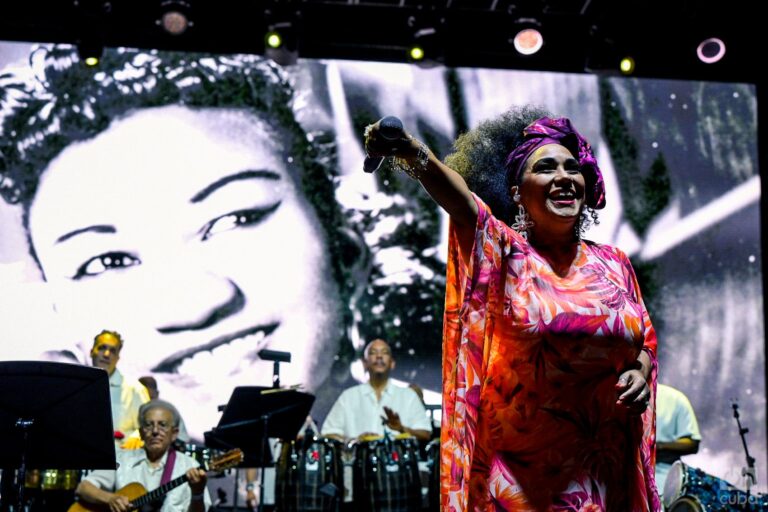
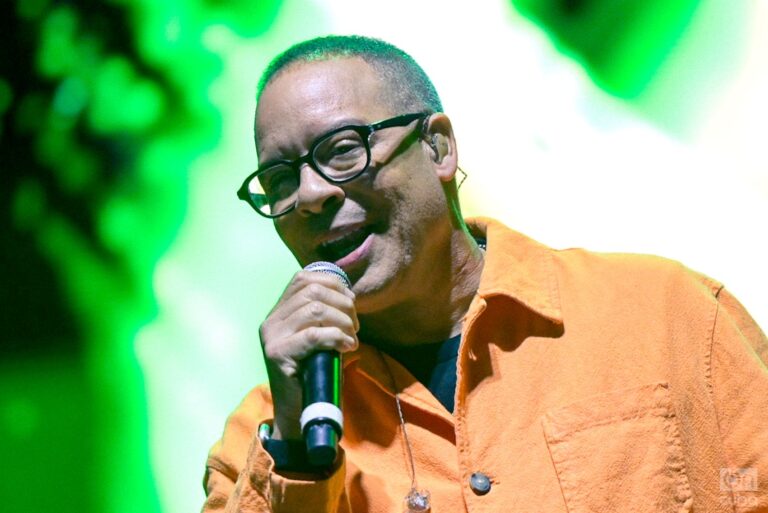
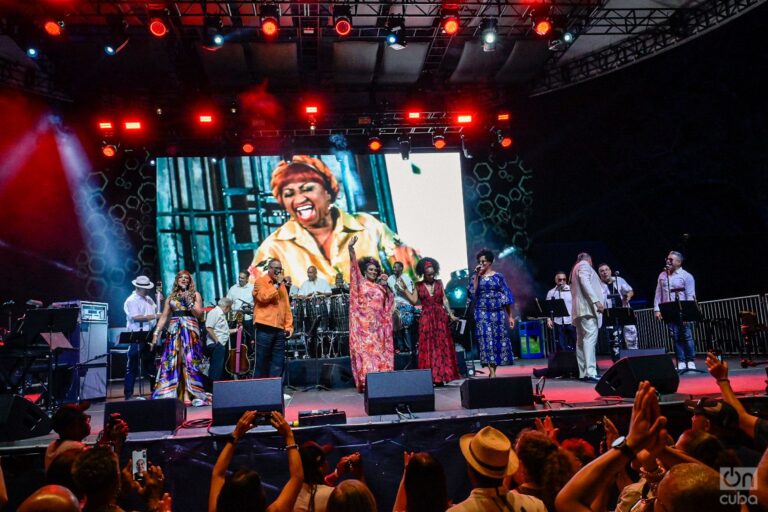
I crossed half the park to reach Rumsey Playfield, the stage where Celia last performed in New York, in 2001. The tribute would take place there, as part of SummerStage, the largest outdoor performing arts festival that shakes up Central Park every summer.
The place was packed. I imagined the crowd would be predominantly Cubans and Latinos over 50, people who might have seen her live, but the mix was much broader: yes, there were Cubans, and many Latinos, but also Asians, Europeans, Americans of all ages, and a crowd of young people dancing alongside veteran music lovers.
The orchestra, impeccably dressed in white, made up of Latino musicians, including tres legend Puerto Rican Nelson González, Fania’s second tres player, who worked with Celia for a long time, opened the evening.
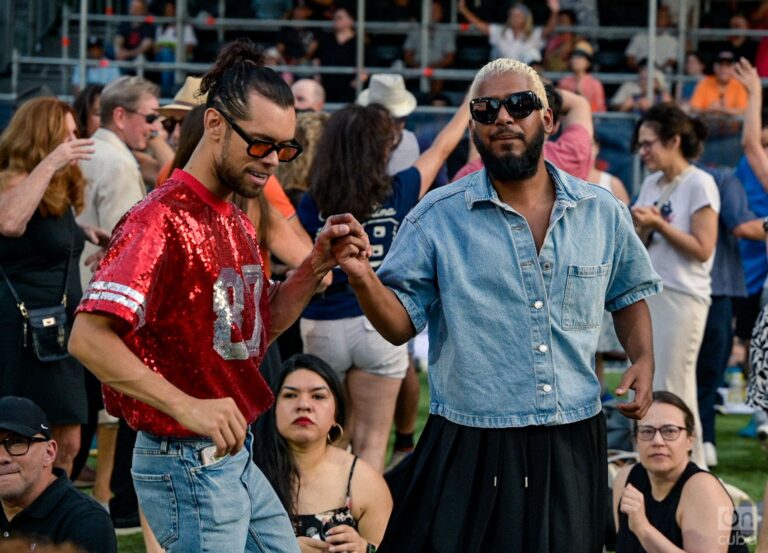
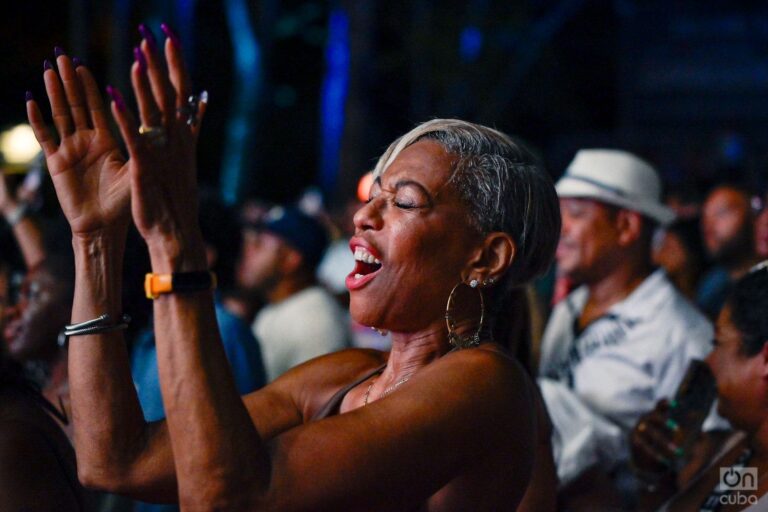
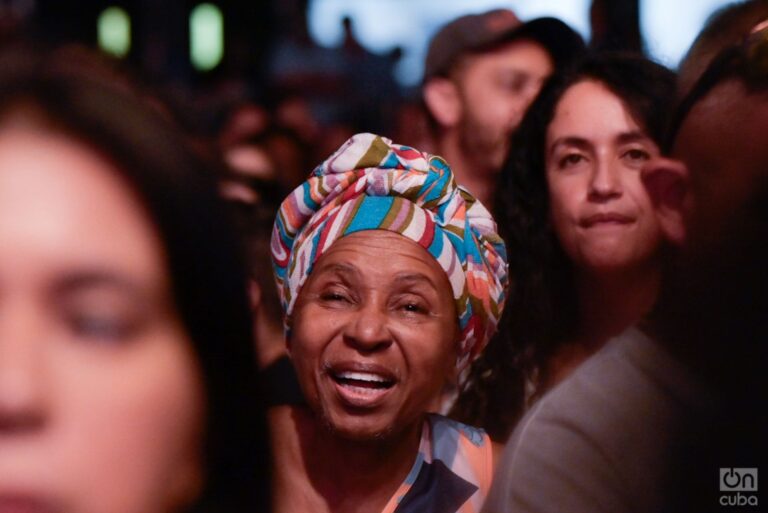
Photos and videos of Celia, along with artists, presidents and personalities from around the world, flashed on a giant screen. Her smile was always there, her energy intact, as if she were about to enter the stage at any moment.
Melvis Santa, on piano, and Brenda Navarrete, on batá drums, kicked things off. Then came Alain Pérez with his charisma; Lena Burke, honoring her surname, her grandmother Elena, and her mother Malena; Aymée Nuviola lit up the stage with her powerful voice and Cubanness, while interacting with the audience to make us feel like family.
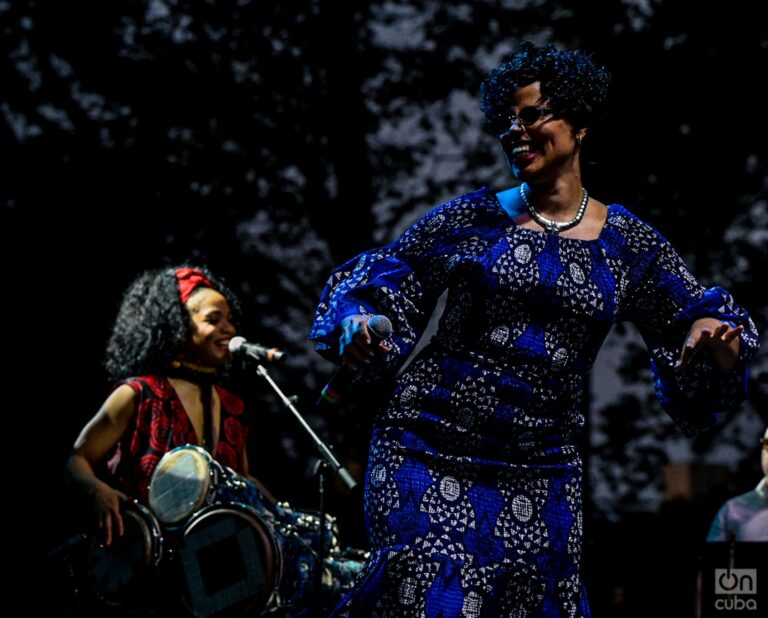
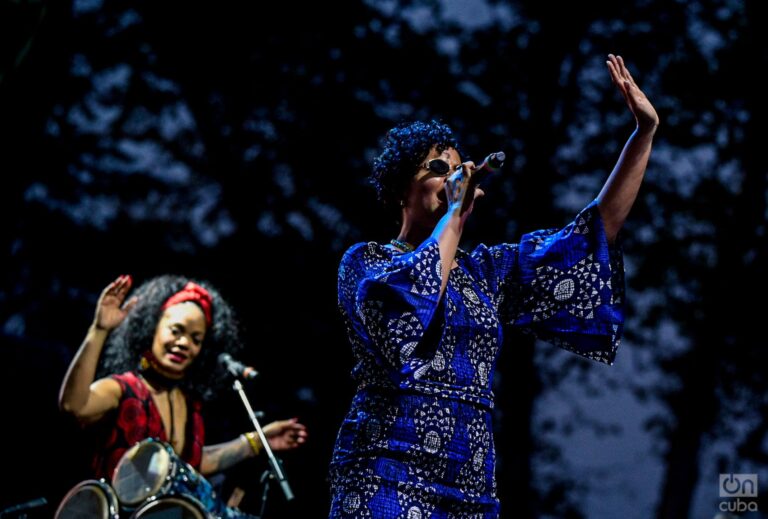
In front of them, people from all over the world paid tribute to the immense Celia Cruz.
Aymée gave way and emotionally introduced Issac Delgado. At the stage leg, Issac and Aymée embraced. After the performance of El Chévere de la Salsa, everyone closed the concert by singing the famous song “La vida es un carnaval” in front of an excited, euphoric audience, dancing and chanting along.

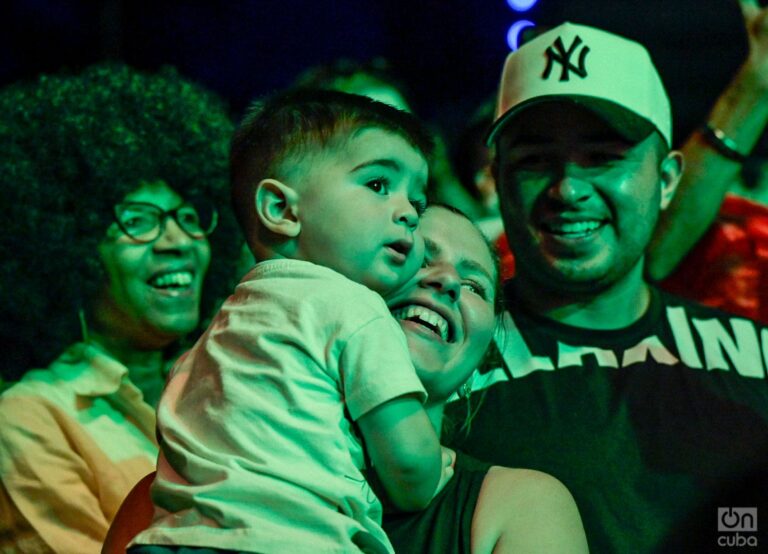
Photo: Kaloian.At the end of the concert, I was able to sneak into the dressing rooms and ran into Issac. I told him how heartfelt it was that all the singers were Cuban, some from Cuba and others from the United States, and seeing them celebrate together on stage.“We are from different generations, different ways of thinking, different places (some of us live in Cuba and others here), but we are brothers and sisters from the same land and Celia united us.” He pointed to the sky.
